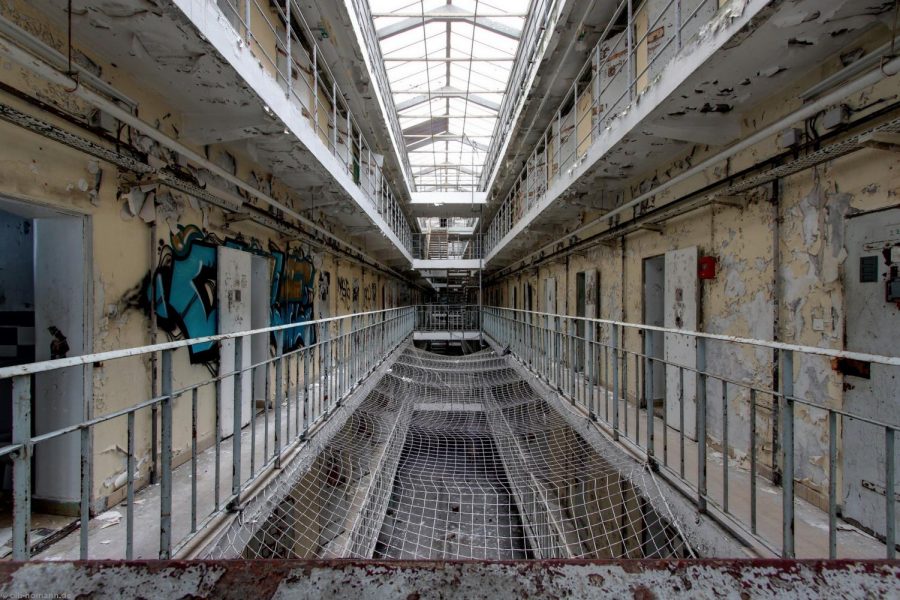Video explainer: Where do prisons come from?
March 25, 2021
Mass incarceration is a defining feature of the United States. It’s one of the biggest problems we face, with 2.3 million people incarcerated in the U.S. Despite making up just 4% of the world population, the U.S. holds 25% of the global prison population.
Prisons remain a fascination in pop culture. They’re usually depicted in film and television usually as places where unequivocally bad criminals go.
Prisons are inextricable from American political and cultural life. But how did we get to a point where the idea of locking people away and using harsh punishment became commonplace? Were prisons always a given?
What are the origins of the modern prison system?
HISTORY
Although the idea of confining certain people away from the rest of the population has been around for thousands of years, the use of imprisonment as the primary mode of punishment is relatively new.
In England, jails were used to detain people prior to whichever form of punishment they were sentenced to. They held a variety of people, some who were accused and awaiting trial, and some who were convicted and awaiting their punishment. Imprisonment and detention itself wasn’t the punishment; rather, public spectacles like executions, pillories, and whippings were, as well as manual labor. In the late 18th century, however, significant periods of cultural and social change in Europe brought about shifting norms and perspectives about prisons.
Capital and corporal punishment were seen as inhumane and ineffective. The penitentiary as a new form of punishment was conceived and supported by different groups of prison reformers such as philanthropists, religious leaders, and philosophers.
The penitentiary was heavily influenced by events and movements happening in Europe at the time. Several forces shaped the penitentiary: an intellectual movement called the Enlightenment, religious values, and the development of industrial capitalism.
The concept of liberty and individual rights arose in this period. The idea that people had inherent freedoms became crucial to the function of the penitentiary. When entering prison, criminals essentially forfeited their rights. This fact is what constituted the penitentiary as punishment. Before, the stripping of individual rights through imprisonment would not have been seen as a consequence if no such rights existed.
Many reformers invoked religious ideals and conceptualized the penitentiary as an opportunity for individual rehabilitation. The philanthropist John Howard and others believed crime was a sign of an individual’s estrangement from their religion. Some proposed solitary confinement as a way for people to reflect and reconnect with their religious selves.
During this period labor began being computed through time, and so did prison sentences. As labor was quantified so as to align with compensation, prison sentences were also established through time, such as months or years.
Additionally, there were reformers like Jeremy Bentham who thought labor and solitude were methods of deterring people from committing further crime, rather than for religious discovery. Whatever the rationality for incarceration, these intertwining beliefs revealed the circumstantial need for “an army of self-disciplined individuals capable of performing the requisite industrial labor for a developing capitalist system”, according to political activist and scholar Angela Davis in her book ‘Are Prisons Obsolete?’
In considering the historical context of prisons, Angela Davis says, “It is thus important to grasp the fact that the prison as we know it today did not make its appearance on the historical stage as the superior form of punishment for all times. It was simply…what made the most sense at a particular moment in history.”
Because the War on Drugs in the 1980s fueled policies that massively increased incarceration rates to where they are today, there have been recent congressional efforts to mitigate the prison population. While there is controversy on how to go about addressing prisons, the general consensus aligns with Davis’s analysis that there is no evidence to support the idea that ultimate dependence on prisons is the most effective way to solve social problems.








